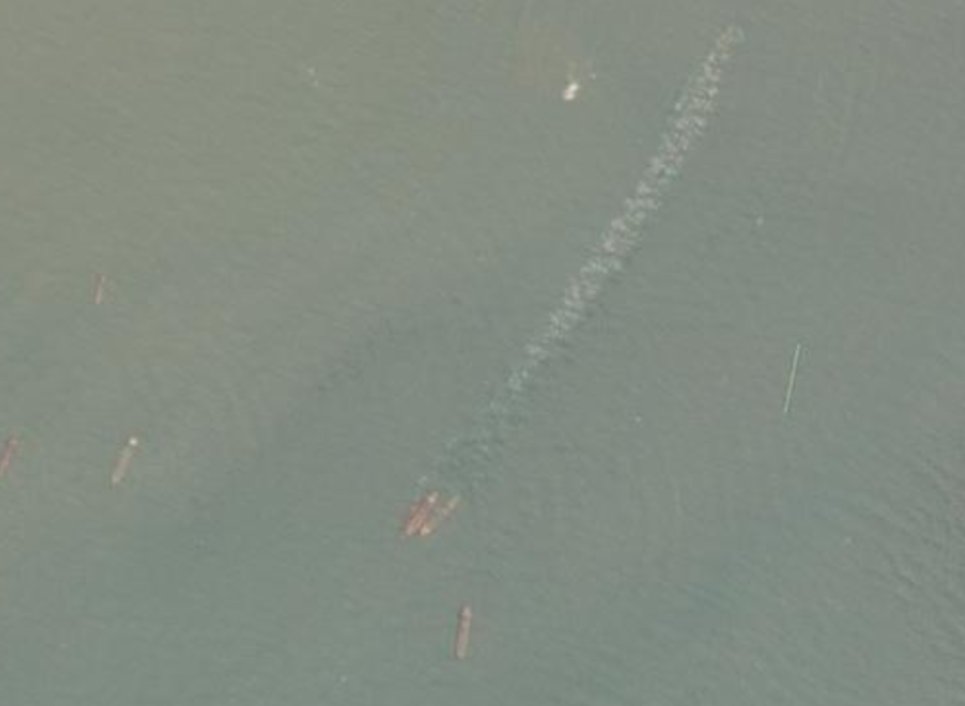A small oil tanker at the coast of #Yemen sank and leaked oil washed upon the shores of the Al Buriqah district, hosting its larger oil terminals. Frequents spills keep occurring on Yemen's coast, from bombed vessels to leaking pipelines, polluting its marine #environment 
https://twitter.com/alobaly/status/1416810758789206021

#PT An oil spoil is already visible on this @sentinel_hub image from early July 2021 at the Aden oil terminal, near two smaller vessels cc @TankerTrackers #OOTT 

Using @planet labs imagery, we can see the spill at the small tanker more up close on July 11, 2021, as the ship is sinking. 

The same moment as the ship is capsizing is captured on video broadcasted by @EremNews and we can use Google Earth Pro to compare the mountains in the background to verify the location 
https://twitter.com/EremNews/status/1416868793150754820

*Title should be July 11, 2021, not 7
Here's recent high-resolution image of the small oil tanker that sunk last weekend, cause an oil spill on the shores of #Aden, with many more toxic timebombs in the water around the port, according to officials 

Interesting to read in a recent World Bank report that despite equipment and survey vessels being acquired, no hydrographic survey of the bottom has been conducted so far, leaving options open for more oil spills from wreckage and abandoned vessels ye.undp.org/content/yemen/…
• • •
Missing some Tweet in this thread? You can try to
force a refresh



























